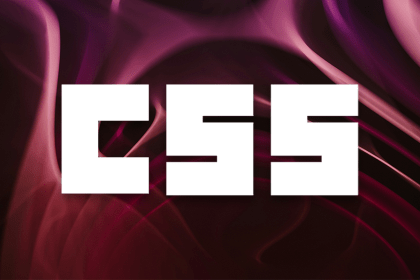
Responsive design is evolving. This guide covers media queries, container queries, and fluid design techniques to help your layouts adapt naturally to any screen size.
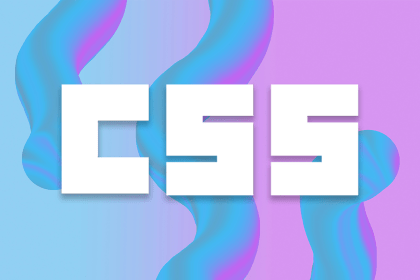
Enhance navigation in multi-page apps using the View Transition API, CSS, and JavaScript — no heavy frameworks needed.
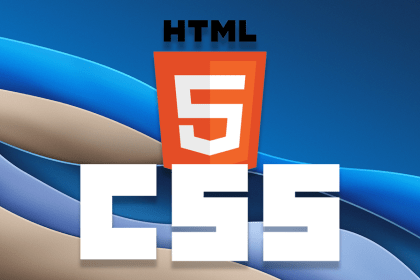
Use CSS to style and manage disclosure widgets, which are the HTML `details` and `summary` elements.
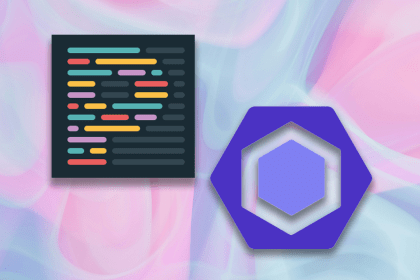
Using Prettier and ESLint together can enhance your JavaScript dev workflow by maintaining a consistent code style and fixing code issues.

Let’s discuss Svelte’s history and key features, why you might choose it for your next project, and what sets it apart from other frameworks.
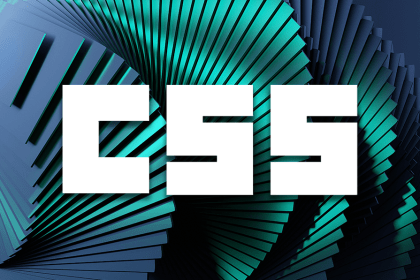
text-wrap propertyDiscover how the recent CSS text-wrap values, `balance` and `pretty`, handle the tedious work of optimizing text layouts.
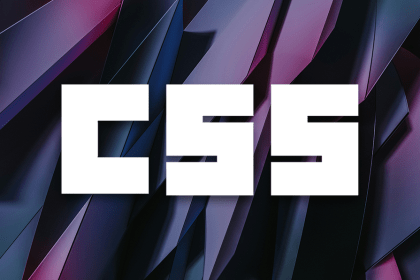
Implement more dynamic CSS animations with the `linear()` easing functions, and explore the role that other easing functions play in animations.
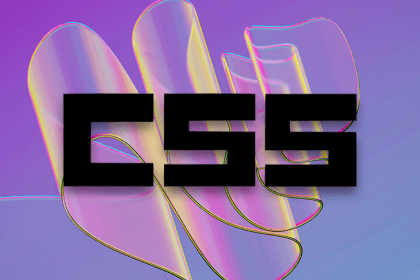
Implement parallax scrolling with CSS without compromising UX by using a variety of CSS properties and libraries.
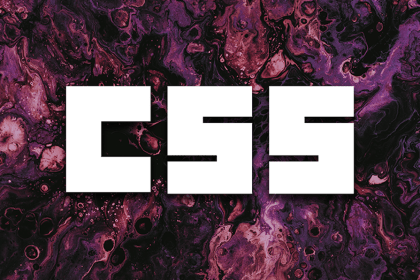
CSS content-visibility helps boost rendering performance by controlling whether or not an element renders its contents.
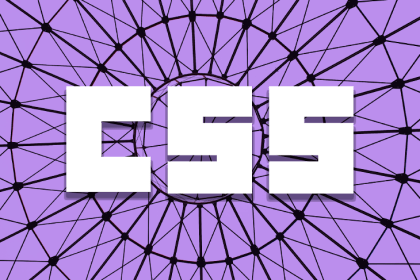
We use CSS trigonometry functions to make precise measurements and create shapes, layouts, animations, and creative designs.

We explore several approaches for creating stroked text (or outline text) in CSS and with SVGs and look at many stroked text examples.
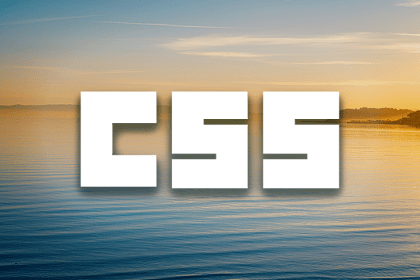
float propertyLet’s discuss the history of CSS float and show how it can be used in modern web design to achieve creative text layouts.